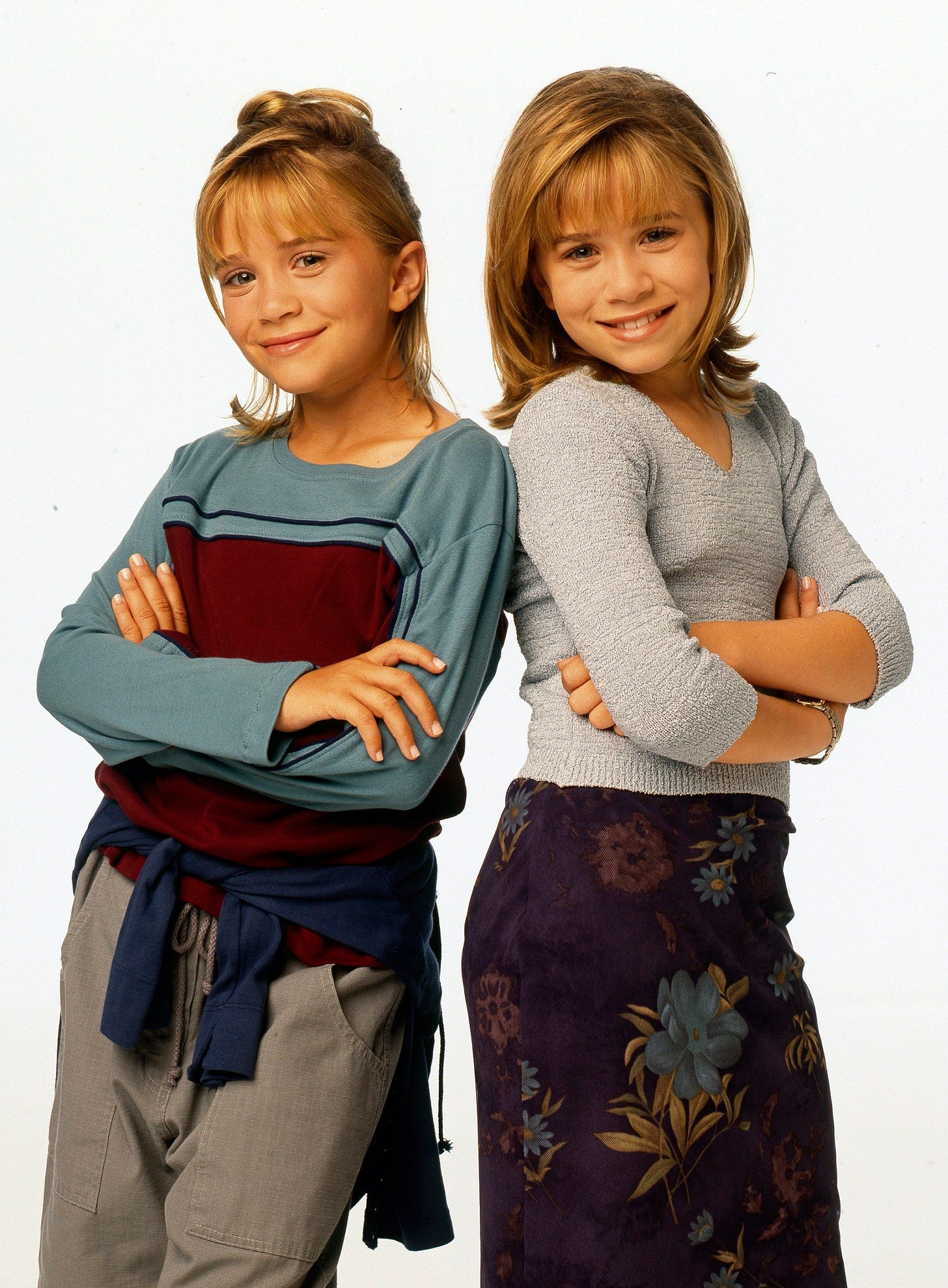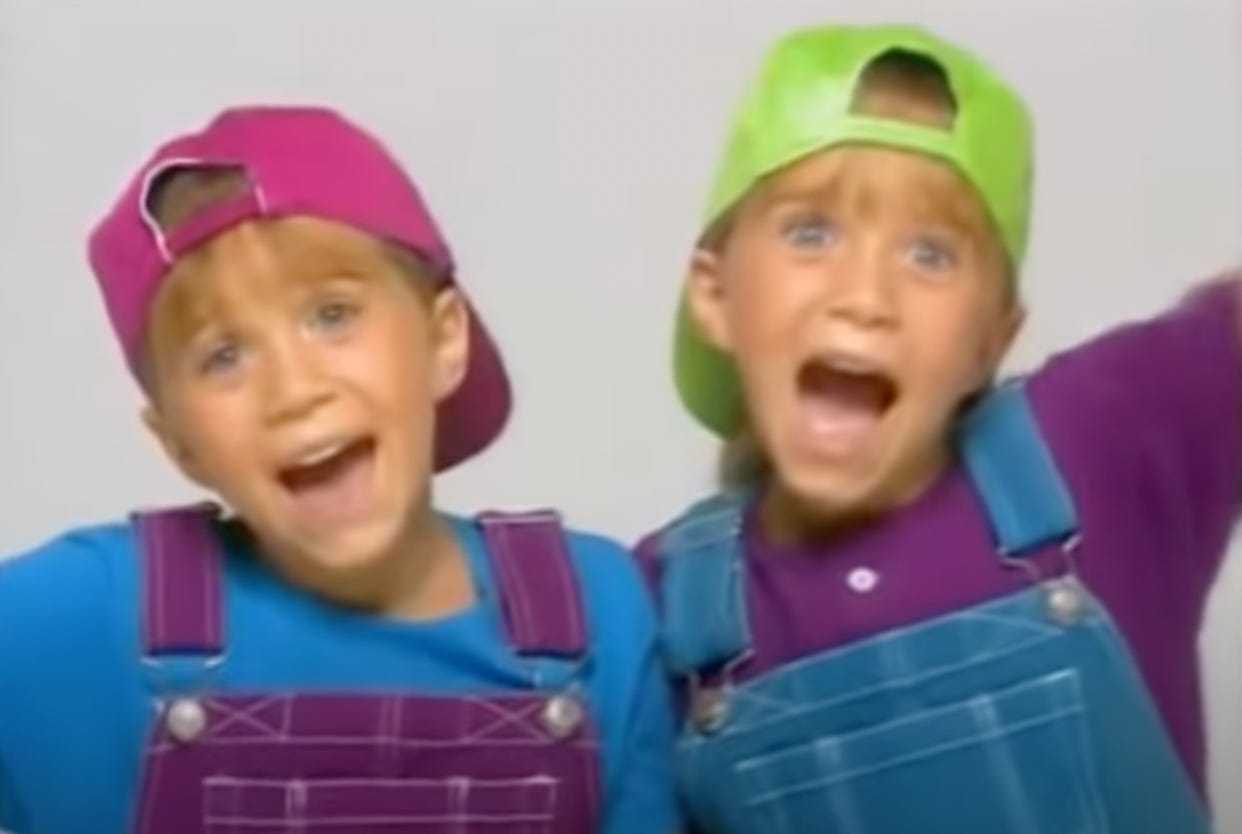This is part of a monthly series called Path to Publication.
In it, I will unpack the story behind my stories. These reflections are part process, part strategy.
There will be clear takeaways for your own creative work. I will include sample pitches, along with editors’ names and rates (at the time my published pieces went live). I’m sharing the intel I’ve gathered in the hope that it can help you place your own work.
At the beginning of 2022, I had, essentially, zero bylines. Since then (in the span of two years), I’ve published nearly 50 short essays. It’s not like I became particularly prolific. I’ve always been a writer. I just became serious about learning the tips and tricks for placing a piece in a popular outlet. And that’s what I’m looking forward to sharing with you.
Shortly after I had my first son, I began a consistent writing practice. I realized that in the midst of feeding, diapering, and changing a newborn, I needed a creative outlet. I couldn’t really commit to anything time-consuming — or anything out-of-the-house.
But I could commit to writing (by hand, in a notebook) five days a week, for a minimum of 5-10 minutes each day (and most days, I only achieved the minimum).
Here was the most important part of my practice:
I could write whatever I wanted.
No — I had to write whatever I wanted.
I did not follow any specific goals or prompts. I simply had to chase my own interests and articulate whatever was in my head that day.
The consistency, brevity, and open-endedness of this writing routine was what made it work.
I had little time, lots of brain fog, and honestly, very little fun at the beginning of motherhood.
But this was a bite-sized creative act I could plan and look forward to each day.

As it turns out, the Olsen twins were in my head — a lot. When I would wake in the morning, I’d brew a cup of coffee, grab my notebook and pen, and think
what do I feel like exploring today?
And on many days, I wanted to write about Mary-Kate and Ashley.
This was not out of character for me. For years during my adolescence, I ran an Olsen twins fan page. I frequented an Olsen twins message board where I made my first internet friends. These friends, on many days, felt closer to me than the people I sat with side-by-side at school or church. With them, I shared my hopes and dreams, fears and obsessions — and always, always, our personal stories were interlaced with commentary about Mary-Kate and Ashley.
(Source: Every Mary-Kate and Ashley Vacation Movie, Ranked | Vogue)
After a few years of writing for 5-10 minutes each day, I’d filled up several notebooks. Some of what I’d written was crap. But some of it, I was pretty sure, had nuggets of something interesting.
I began to type the interesting parts of my journals up. And in doing this, I found I’d written nearly fifty double-spaced pages about the Olsen twins.
But what to do with these fifty stream-of-consciousness pages?
It took me several years to play with all this material. I wanted to write an essay about the twins. I needed to find an overarching narrative, an argument, a point.
from my essay at Electric Literature (a screenshot from the You're Invited theme song)
It was actually writing a pitch to Electric Literature that, ultimately, helped me shape my narrative.
I’d already written for Electric Literature about the topic of memoir-reading and bodily autonomy. I had a great experience — so I decided to pitch the editor-in-chief, Denne Michele Norris, a piece about the Olsen twins.
On their website, Electric Literature details submission guidelines for cultural criticism (creative nonfiction that discusses a cultural artifact alongside the personal):
Essays - Cultural Criticism
Pitches for essays of cultural criticism may be submitted year-round via email.
For greater accessibility, Electric Literature does not require full drafts for submissions of cultural criticism. Instead, please send a detailed pitch to editors@electricliterature.com. Pitches should describe the subject matter of the essay and give a sense of the argument you plan to make or the story you plan to tell. Subject matter should be linked to cultural property, such as: books, writing, narrative media (e.g., TV or film), fashion, food, music, or visual art. We welcome thoughtful considerations of new releases, overlooked classics, and childhood favorites. Essays of cultural criticism may braid personal narrative with analysis or critique.
Though the outlet does not require a timely hook, sometimes it is useful to have one. I couldn’t figure out how to make my essay timely, though (I had a Google alert on the twins, but nothing was really going on with them in pop culture). I hoped that already having established a relationship with the publication would help me place my essay.
Electric Literature likes to read pitches rather than full essays. If they like your general idea, but not every component, they will often give you very specific feedback on how to tailor your essay.
I learned this, among other tips, by purchasing the video How to Pitch Electric Literature.
Here’s an adapted version of my pitch (I’ve taken out a component of the pitch that the editors, ultimately, didn’t like, and I’ve kept the parts that they were sold on):
Dear Denne Michele Norris,
I hope you will consider my essay pitch, "My Olsen twin fan site and our digital double lives." In this essay (approximately 2,000 words), I will reflect upon what the Olsen twins taught me about duplication and duplicity in the construction of identity in digital spaces.
Much of my adolescence was spent analyzing the performance of double lives. Infatuated with Mary-Kate and Ashley Olsen, I ran a fan website devoted to the fraternal twins. Even though they'd been in the public eye since they were in diapers, there was still so much mystery about them.
In hundreds of paperback books, the twins' empire was built largely with fictionalized narratives featuring characters who shared the same names and identifying features as themselves.
I enjoyed writing for you in the past, and I’ve also written for TK outlets.
An argument I could make about the twins, I realized, was about doubleness.
Mary-Kate and Ashley often played characters named Mary-Kate and Ashley. These characters were not them. Far from it, in fact. Still, their legions of fans (myself included) were drawn to the fantasy of their self-presentation.
Mary-Kate and Ashley were pre-internet influencers.
I noticed another theme that popped up in my writing: duplicity. The difference between how we hope to appear and who we believe we are.
This duplicity is often present in online life, I realized. There is the character (the avatar) that we play in online spaces, and then there is the person we embody in the world.
It took me quite a bit of time to land upon this theme for the essay. It required reading (and re-reading, and re-reading) my journals. It required lots of five-minute-freewrites where I asked myself, what in the world am I trying to say with all of this stuff?
I received a response from Electric Literature within a few weeks. They told me they loved the idea. They offered their standard $100 for the essay.
And you can read the final version of the piece here: Running an Olsen Twins Fan Page Taught Me to Craft an Online Identity
What questions do you have about pitching Electric Literature? What questions do you have about the Olsen twins? Ask me in the comments! And thanks for reading.







Of all the Substacks I subscribe to and read, your series is the one I learn the most from and look forward to the most. Thank you so much for sharing!
I too was obsessed with them!! I had all the movies on VHS - the one where they go to Australia, the one where they go to Paris, the one where they go to London for the Model UN competition.... lol! Thanks for another glimpse into your creative process. This one was truly fascinating - I love how you carved out these tiny chunks of time for your creativity without placing any expectation on the outcome/output.